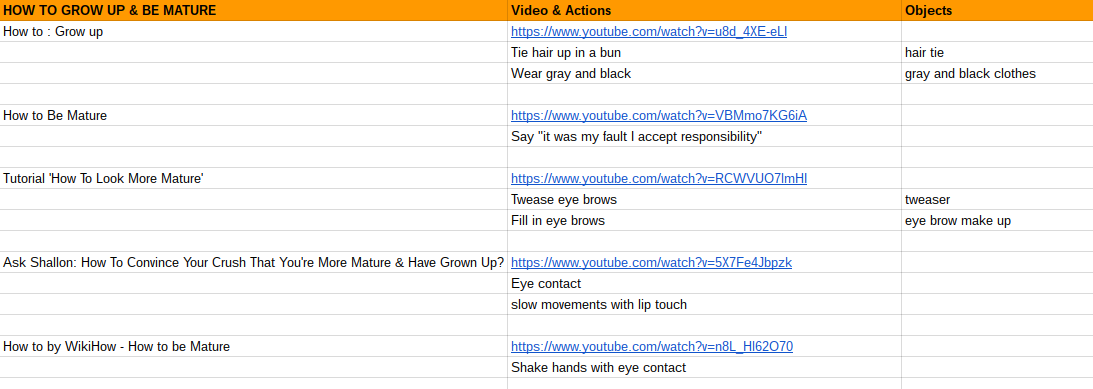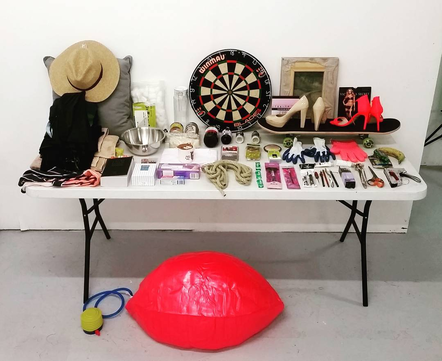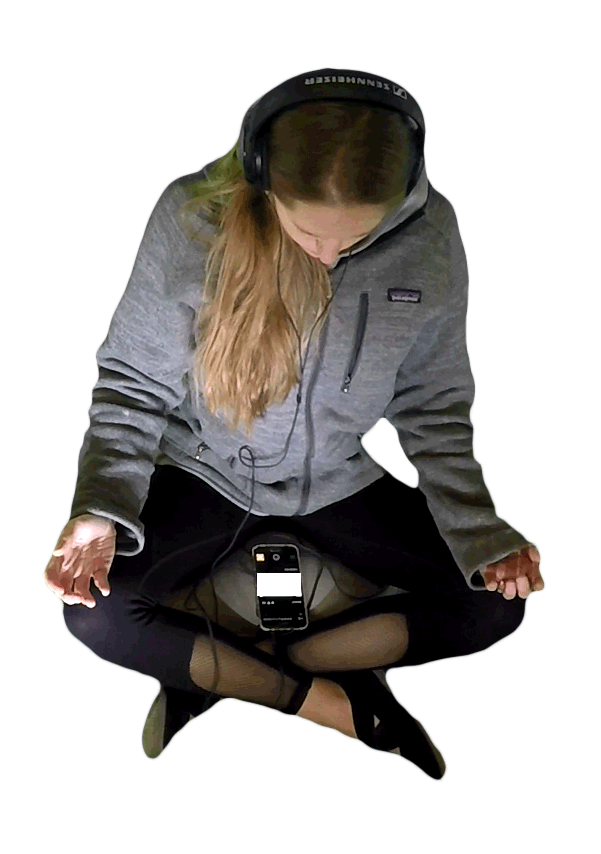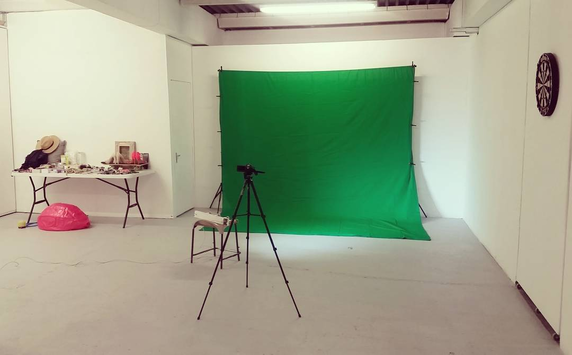-
Search YouTube for “how to” videos
YouTube “how to” search provides a literal take on Jean S. Phinney second stage of Ethnic Identity Development, Cultural Identity Search1. YouTube is full of sincere answers to question of cultural identity: How to be Jewish, How to be American, How to be gay, How to be young, How to be a virgin, How to believe in God, How to be rich. YouTube videos teach that you can takes actions “to be sexy.” It’s simple: get fit, die your hair brunet, and rub a little pumpkins spice behind your ears. YouTube identifies actions you can take “to be Muslim” by teaching how to pray, dress, and study the Quran. Efforts to identify sincerity are made and humor videos are not used. The comments and other suggested videos provide hints as to whether or not the video was made as parody or humor.
I chose to seek sincerity because of a perceived connection between Net Art and identity pranks. Specifically see, artworks such as Horse_ebooks referenced in Susan Orlean’s Man And Machine2. This work is interesting but it isn’t for me to make. The art that I love stays so far from irony. I can remember being afraid that contemporary art was a joke I didn’t get, a joke on the outsider. I think people still have this fear and it keeps the art world insular. It’s damaging to everyone.
Valuing sincerity manifests in HOW TO HOW TO HOW TO, specifically when I select which YouTube videos to learn from. I decided to only select from "how to" videos that appeared to be making goodfaith efforts to teach something, even if the advice was as off the wall as drinking cough syrup to conceive a boy or sticking your hand in a bag of ice to prepare for giving birth.
In looking for sincerely in the medium I’ve discovered some things that really disturbed me, such videos that claim to provide exercises that will improve your vagain shape. I guess I am happier that these videos exist. It’s dark but also liberating. It’s a reminder that the internet works on the supply and demand side simultaneously. Sometimes people produce content that no one watches and sometimes people use Google Search Tools to see what content people are searching for and produce content accordingly. Either way the results are honest to our needs, desires and anxieties.
There are many parody videos for “How to be sexy” but the sincere ones have more views. The parodies contain cultural comment but also make you feel stupid for asking. I’m fond of Internet Bravery that comes from people making awkward and vulnerable content, content that might also expose how insecure and vain we are. I think the net is ready, like the rest of the art world, for more sincerity and I believe vulnerability is a path there.
Necla Mora’s 2008 “Media and Cultural Identity” argues that cultural identity formation can occur through media instead of physically present communities3. YouTube, with its low barrier to content creation from self-elected experts, provides a unique cultural arena for establishing identity3. This is most obvious in HOW TO HOW HOW TO’s language learning process, which involves watching a difference “how to speak Japanese” video each day. Without programmatic oversight of the curriculum, preference for specific words leaves gaps worth examining. In a similar way, “How to be Jewish” is taught in various degrees of orthodoxy. A disembodied, distributed community that is not cohesive or physically present cannot validate or refute the results. In the face of conflicting external cultural realities HOW TO HOW TO HOW TO proposes embodiment as an alternative form of validity in which present action, however performative, trumps chronology.
As I conducted searches themes, though visual cues such as “suggested videos,” began to develop. These themes are displayed in seperate tabs of the research result. One theme, for example, was Fake it/Make it where I looked at how to pretend to achieve something such as “fake cry” as well as how to actually cry.
2. Break YouTube video into discrete actions identifying recordable, repetitive steps the content creator deems necessary to achieve the “how to.”
3. Purchase necessary props/items such as exercise equipment, beer, or make up.
An association between buying and becoming was not fully explored but is a topic of potential future investigation. One can, for example, become sexy by buying certain products.
4. Use a green screen and shadowless lighting to record each discrete action being performed. This method allows for ease of editing and is adopted from basic cinematic techniques. A GoPro camera on a tripod proved to be the easiest operate but videos were also recorded with my cell phone and a tripod. I chose not to practice actions before recording as the inability to easily or completely follow instructions given within the YouTube videos was an honest part of the process.
The .gif files do not progres narratively and the link between the repeating digital file and my body is left intentionally broken. Notions of success/failure are left to the imagination, most notably in .gif files where the viewer watches me watch a screen they cannot see, or watches my lips move to speak Japanese the viewer cannot hear. As Graig Uhlin notes in Playing in the Gif(t) Economy, narrative correspondence is not essential to .gif files rather “the viewer is caught up in the GIF’s temporal suspension: to view is to be captivated.4”
5. Import the video files into Photoshop using “import frames to layers.” Depending on the length of the videos select to import every 10 - 50 frames. Aim for between 10 and 80 frames to be imported. To speed along the editing process additional frames can be removed after importation.
6. Remove the background and green screen area using quick selection tool with smoothing and light feathering. The aim is to create a transparent gif that can live on any internet background as was the aesthetic of the most popular .gif files adopted by the .gif artist Olia Lialina.
7. Export for web in .gif format with interlacing, considered to have been an essential feature in the early proliferation of .gif files. In The Compulsions of the Similar: Animated GIFs and the TechnoCultural Bod, Daniel Rourke makes a defense for considering the .gif a contemporary medium whose inherent qualities don’t depend on the early web5.
8. Upload the .gif files to Tumblr, a popular sites for hosting and sharing .gif files that does not convert the .gifs to looping video files but allows them to act as true .gif files. Use hashtags to aid in discovery. View and reshared metrics are also are kept by Tumblr.
The web-hosted gif files are the primary practice outcomes intended to bring new insight to the questions of technology-enabled change.
1 Phinney, Jean S. "Ethnic Identity in Adolescents and Adults." The National Institutes of Health(1989): n. pag. Web.
2 Orlean, Susan. "Man And Machine." The New Yorker. N.p., 02 Feb. 2014. Web. 13 July 2016. <http://www.newyorker.com/magazine/2014/02/10/man-and-machine-2>.
3 Mora, Necla. "Journal of Human Sciences." Media and Cultural Identity. Journal of Human Science, n.d. Web. 13 July 2016. <https://www.j-humansciences.com/ojs/index.php/IJHS/article/view/406>.
4 Uhlin, G. (2014). Playing in the Gif(t) Economy. Games and Culture, p. 2-3
5 Rourke, Daniel. "The Doctrine of the Similar (GIF GIF GIF)." MachineMachine RSS. Dandelion Journa, 25 May 2011. Web. 13 July 2016. <http://machinemachine.net/text/ideas/the-doctrine-of-the-similar-gif-gif-gif>.




